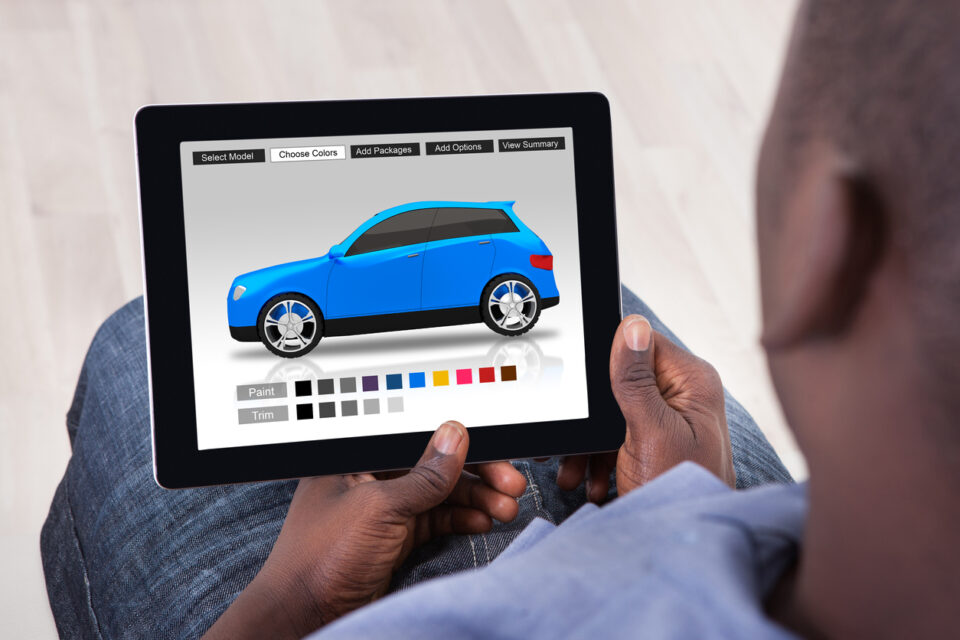

Online giant Amazon comes up a lot in discussions about digital auto retailing. Amazon is cited as a way to do e-commerce right by making it easy and providing good product presentations and consumer reviews. But an Amazon user who might want to ask a question has no one to reach out to. There’s no one at the other end to interface with.
That strictly unassisted e-commerce approach wouldn’t work well in selling vehicles, says Kevin Filan, Cox Automotive’s vice president-marketing. Online car shoppers often have questions. That’s why assisted digital retailing is important, he says.
“At some point, because of, say, an online shopper’s credit, the vehicle price or the trade-in value, there may be a need to enable person-to-person interaction through software to bring the shopper and seller together,” Filan said in an interview with WardsAuto. “Digital auto retailing works best when platforms provide both assisted and unassisted capabilities.”
Why Car Shoppers Need a More Tailored Approach
An A-to-Z digital car purchase is possible if all the stars line up: If there are no credit problems, no price issues, no disputes about trade-in value and no shopper questions about anything else. But when matters arise – and they often do – that’s when a dealership must be ready to help out. It’s a departure from the lauded Amazon model.
“I’ll sparingly use an Amazon analogy,” Filan said. “If Amazon is offering a TV for $300, there is no ability for the consumer to say, ‘Would you sell it to me for $275?’ Or, ‘Would you take my old TV on a trade-in?’”
When a dealership digitally is set up with tools to aid a shopper upon request, three things result, he says, citing Cox data. “Dealers who have set themselves up across the assisted-selling piece of digital retailing see more leads, higher conversions and higher gross,” Filan says. “So the question becomes how to build that connectivity between assisted or unassisted.’”
He says Cox software product-development teams have tried to make it easier for both online consumers and for whoever is handling the consumer on the assisted side of the process. “The goal is to make sure there are thoughtful integrations.”
Not Everyone Wants an Amazon Approach
Filan notes some online car shoppers don’t want any dealership help. They want to do it all on their own. What are the profiles of such do-it-yourselfers?
“We all are continuously surprised by consumers (especially older ones) we didn’t expect to quickly embrace the new technology,” Filan said. “The ones who move forward do so with trust in the process. It needs consistency.
Cox plans to introduce more e-commerce software next year as online auto retailing continues to grow. “But we’ve got to make sure we are not misdirecting our industry by saying that everything will shift to e-commerce in five years.”
That said, digital auto retailing is here to stay.
“By 2030, you will see double-digit (growth) percentages,” Filan said. “It will be highly profitable. But baked into that, dealers will have to be really good with the assisted-selling tools. People might start out unassisted and move to assisted, or vice versa. Either way, it involves a human being able to jump in.”
Posted
John Paul Strong
John Paul Strong combines his two decades of automotive marketing experience with a team of more than 150 professionals as owner and CEO of Strong Automotive.
Explore
Recent Posts


The New Battleground: Reputation as a Core Channel

Meta’s New AI Tools Put Brands in the Fast Lane
Archive
